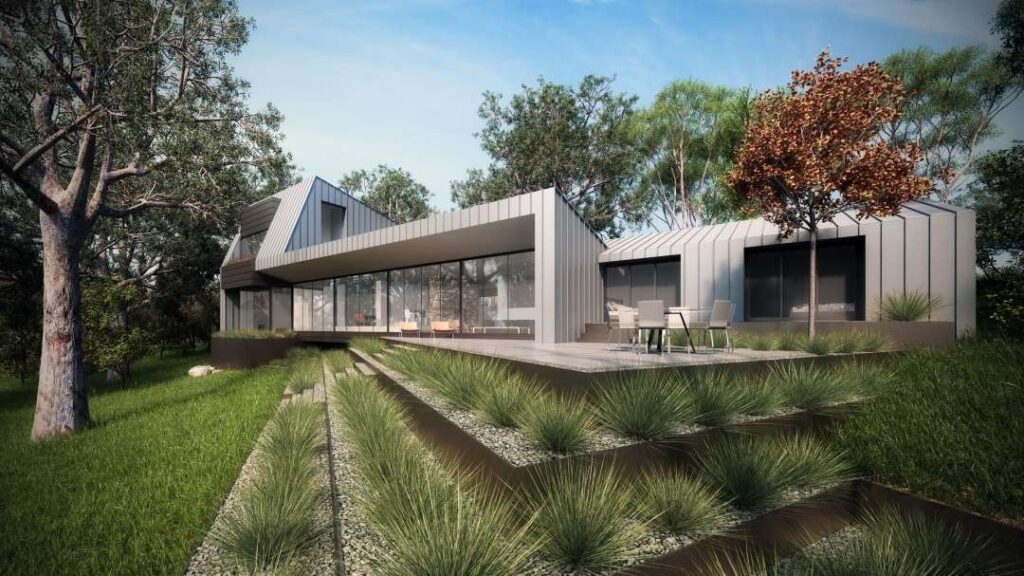In today’s competitive architectural landscape, the ability to present ideas convincingly and attractively is more important than ever. Photorealistic architectural visualisations have emerged as a groundbreaking tool that allows architects, developers, and designers to create highly detailed, lifelike images of their projects. These visuals do not merely serve as promotional material but become instrumental in communicating design concepts with clarity and emotional impact. They help bridge the gap between imagination and reality, enabling clients and stakeholders to experience a project as if it were already built.
The Art of Achieving Photorealism in Architecture
Creating truly photorealistic visualisations demands a mastery of both artistic skill and technical expertise. It involves meticulous attention to detail in every aspect, from materials and textures to lighting and environment. Artists and designers use advanced rendering software to replicate how light interacts with various surfaces, capturing reflections, shadows, and surface imperfections that mimic real-world conditions. This level of fidelity makes the visualisation appear as authentic as a photograph, helping clients to imagine and understand the space with remarkable accuracy. Achieving photorealism isn’t just about technology; it requires a deep understanding of materials and atmospheric conditions to make each element believable.
Lighting and Material Play a Crucial Role
Lighting is arguably the most vital component of achieving photorealism. Natural sunlight, artificial lighting, or a blend of both must be carefully simulated to create a realistic ambiance. Accurate shading and shadows lend depth and dimension to a visual, while the color temperature and intensity of lights influence mood and atmosphere. Similarly, the choice of materials—be it polished marble, textured wood, or matte concrete—must be depicted with precision in terms of reflection, glossiness, and texture. These subtle details significantly impact how viewers perceive a space, ensuring that the visualisation communicates not just form but also the tactile experience of materials.
Environmental Context and Surroundings
A project’s environment and surroundings are fundamental to conveying a complete story through visualisation. Photorealistic images often incorporate lush landscapes, urban settings, or scenic backdrops that frame the building within its context. Proper integration of external elements such as trees, water bodies, and neighboring structures adds a layer of realism that makes the project more compelling. These contextual visuals not only help stakeholders visualize how a building fits into its environment but also enhance its aesthetic appeal, making the project more attractive to investors and future users.
The Impact of High-Resolution and Interactive Visuals
With technological advancements, high-resolution images have become the norm, providing crisp, detailed visuals that can be used across a variety of formats—from print brochures to large-scale displays. Beyond static images, interactive visualisations allow users to explore a project dynamically. Virtual reality (VR) and augmented reality (AR) enable clients to “walk through” a space or see how a building would look in its real environment, revolutionizing the presentation process. These immersive experiences offer a powerful emotional connection, enabling clients to assess spatial qualities and design features more intuitively than with traditional drawings or static images.

The Strategic Benefits of Photorealistic Visualisation
Investing in photorealistic visualisation tools yields strategic advantages that can significantly impact a project’s success. Clear, realistic images reduce misunderstandings between clients and designers, leading to smoother approval processes and fewer costly revisions. They also serve as persuasive marketing tools that can energize sales and attract potential investors by showcasing the project’s full potential before construction begins. For architects, these visuals can be invaluable in refining and testing different design options by providing immediate feedback on how changes will look and feel in a real-world context.
Looking Toward the Future
As technologies such as artificial intelligence and machine learning continue to advance, the future of photorealistic visualisations looks incredibly promising. Rapid rendering software, cloud-based processing, and real-time visualization tools are making it easier and faster to produce high-quality images. Moreover, the push toward more immersive experiences, including virtual walkthroughs and interactive models, suggests that visualisation is becoming an even more integral part of architecture and design workflows. These innovations will allow architects to communicate their ideas more convincingly and engage clients more deeply, ultimately elevating the standard of architectural presentation across the industry.
In conclusion, photorealistic architectural visualisations are transforming the way structures are designed, marketed, and experienced. They enable architects and clients to connect on a visual and emotional level, making design intentions tangible and tangible. With ongoing technological developments, these visualisations will continue to evolve, providing even more impactful, immersive, and accurate representations of architectural ambitions. Embracing this power of realism ensures that architectural projects leave a lasting impression and achieve the significant impact they aim for.
